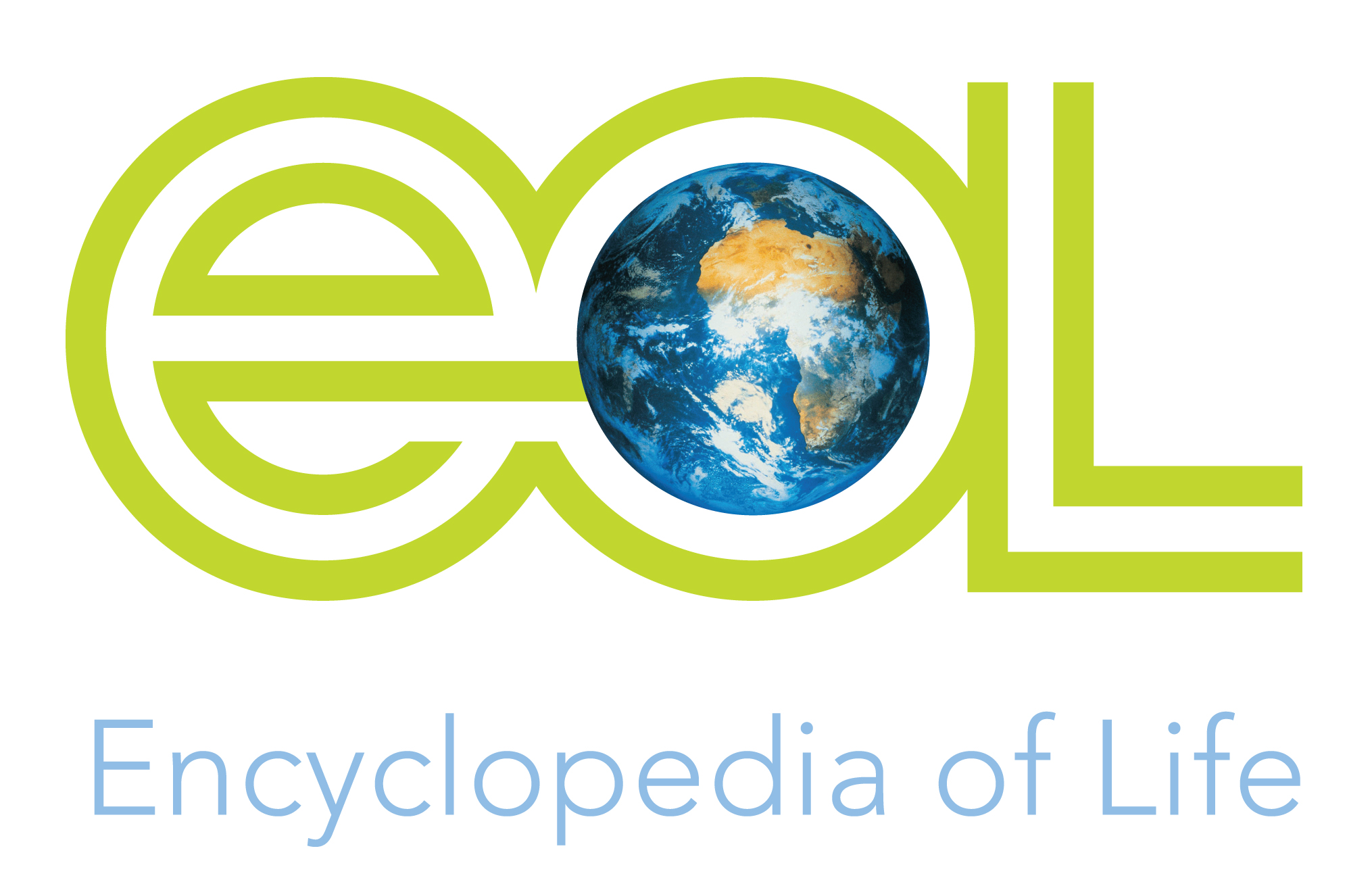habitat_narrative
Terrestrial
Psammobates geometricus occurs in the Mediterranean climate region (mean annual rainfall 350-600 mm) of the southwestern part of the Western Cape of South Africa, at altitudes of about 70 to 600 m (Baard 1995a). It is found in the Fynbos Biome, primarily in the Northwest and Southwest Fynbos Bioregions, and peripherally in the West Coast Renosterveld Bioregion, in a number of Critically Endangered and Endangered vegetation types, including alluvium fynbos, sand fynbos, shale fynbos, shale renosterveld, granite renosterveld, and silcrete renosterveld (Rebelo et al. 2006). The general habitat comprises low-lying, undulating plains (seldom rocky terrain, but never koppies), with a dominant low to medium-high shrub layer, a strong restioid and ericoid presence, and an essentially annual, herbaceous understorey with perennial grasses (Baard 1995a). During the hot and dry season P. geometricus takes refuge in slightly damper microhabitats under dense vegetation (E. Baard pers. obs.). This tortoise does not dig its own burrows but occasionally uses the burrows of other animals. The Geometric Tortoise is a rather small tortoise; males average about 10.0 cm in carapace length (CL) and 200 g in mass, females average 12.5 cm CL and 430 g, respectively. Large females of greater than 20.0 cm CL with a mass of 680 to 850 g have been recorded (Baard 1990, 1995b; M.D. Hofmeyr unpubl. data). Males reach sexual maturity after 8 to 10 yrs, while females usually mature at 11 to 13 yrs of age, but may mature in 10 yrs (Baard 1995b, Goode et al. 2012, M.D. Hofmeyr unpubl. data). Females may produce one or more clutches of one to five eggs in suitable conditions; or skip egg production during adverse periods (M.D. Hofmeyr unpubl. data). Egg and hatchling survival rates may be very low (possibly up to 99% mortality in the first year), thus recruitment is slow and generation time is estimated as 30 yrs (M.D. Hofmeyr unpubl. data). Longevity has been estimated at about 40 yrs (Goode et al. 2012), but these tortoises can probably live longer. Body condition declines during summer and autumn, with a simultaneous increase in blood urea nitrogen, indicating severe osmotic stress in the dry season, particularly in males searching for mates (Hofmeyr et al. 2017).
